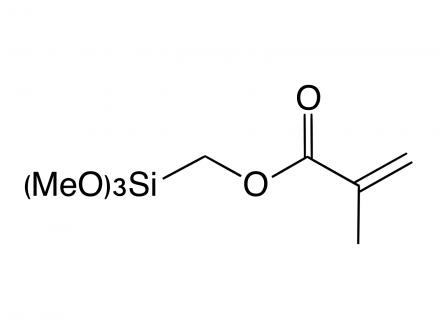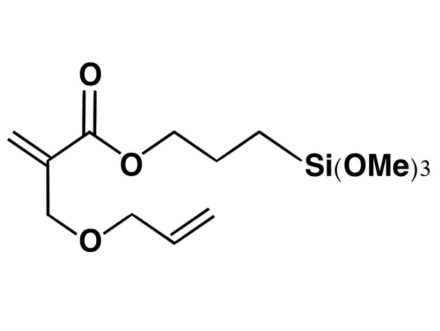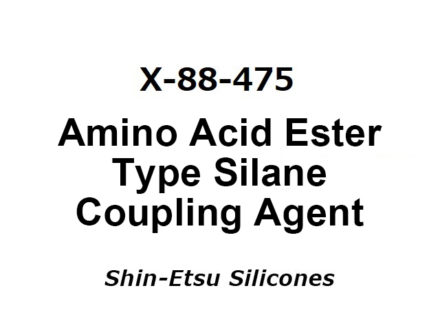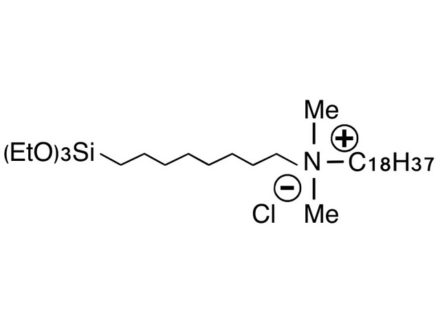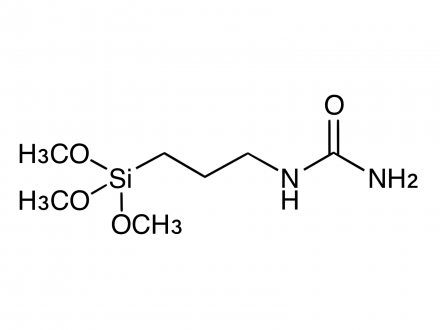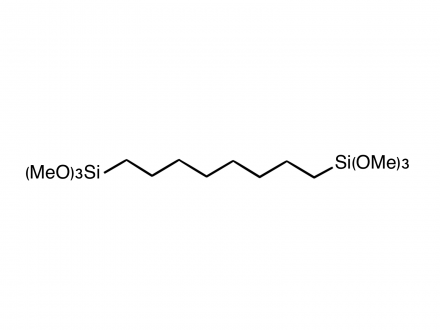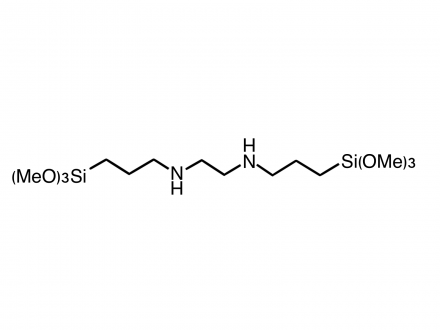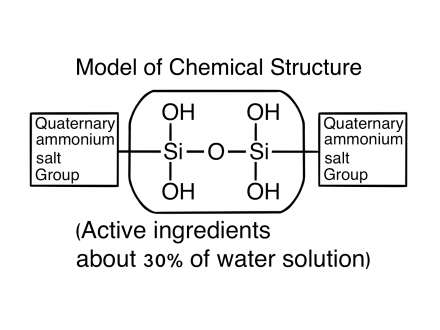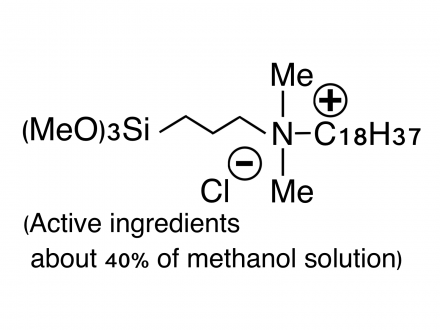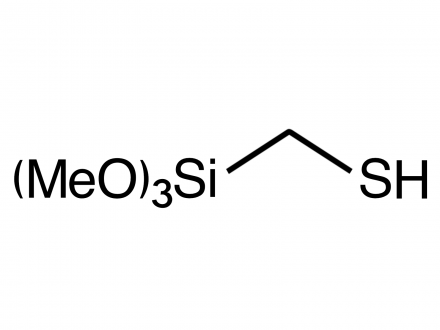What is the difference in use between trialkoxysilyl and dialkoxysilyl groups?
While trialkoxysilyl groups cross-link three-dimensionally when hydrolyzed and condensed, dialkoxysilyl groups cross-link two-dimensionally when hydrolyzed and condensed, so dialkoxysilyl groups are more stable when adjusted to an aqueous solution. However, the trialkoxysilyl group has a higher cross-linking density with the substrate, which may result in higher adhesion.
Related FAQ
- What is the difference in use of methoxysilyl and ethoxysilyl groups in silane coupling agents?
- How to increase the solubility of silane coupling agent in water and improve the storage stability of the solution?
- How to store silane coupling agents pretreated on inorganic materials or resins with silane added?
- How to store the solution after hydrolyzing the silane coupling agent?
- What precautions should be taken when storing silane coupling agents?
